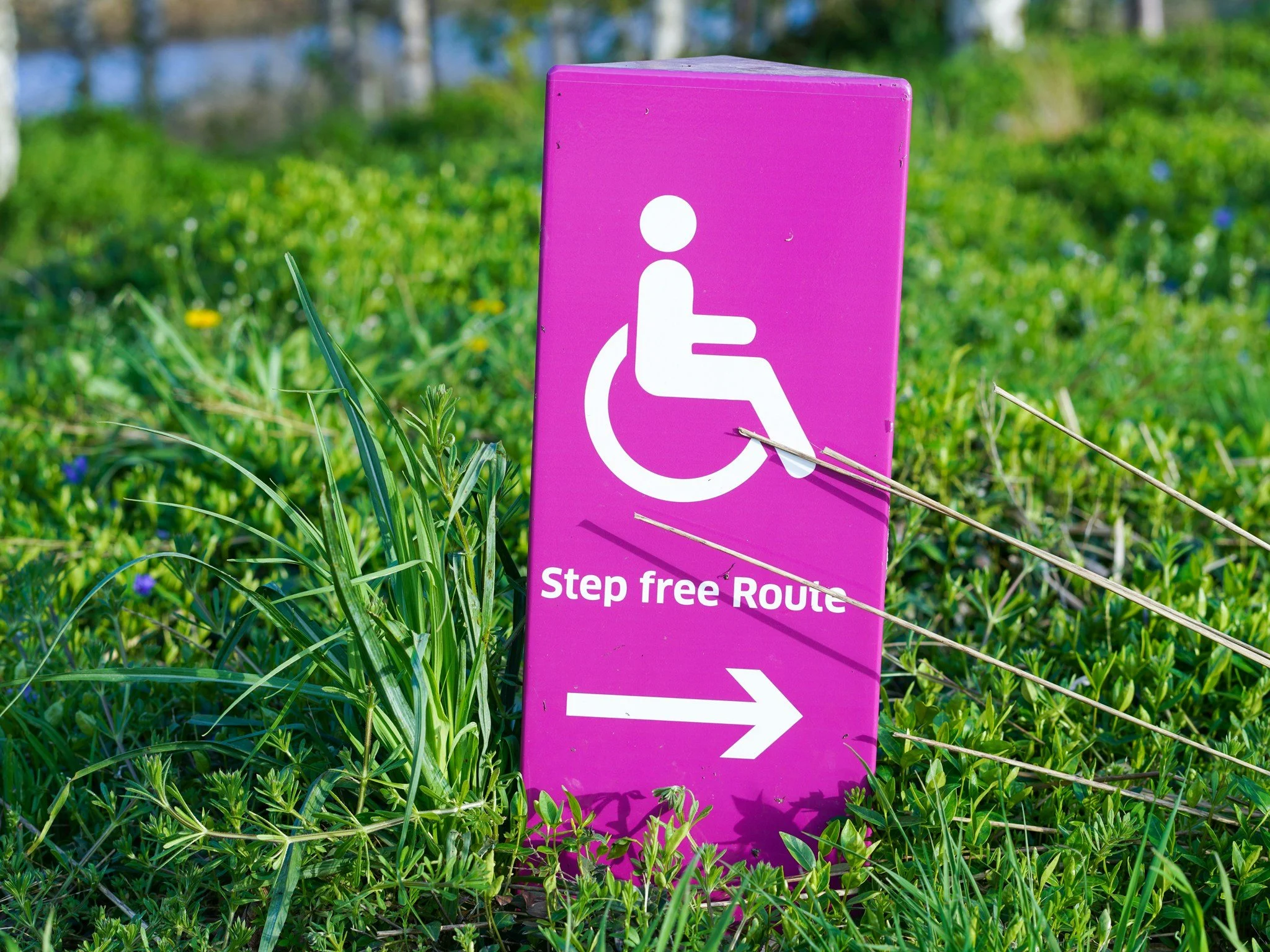Creating inclusive events is no longer an option—it's a necessity. Today’s attendees expect events to be welcoming and accessible to all, regardless of ability, background, or identity. Prioritizing diversity and accessibility ensures broader participation, fosters innovation, and enhances the attendee experience. Here are key strategies to make your event more inclusive in the modern era.
1. Understand Your Audience
Before planning your event, take the time to understand your audience. Who will be attending? What are their needs? Conduct surveys, engage in conversations, and research best practices to create an environment accommodating diverse attendees.
2. Choose an Accessible Venue
An inclusive event starts with the right venue. Consider the following:
Physical Accessibility: Ensure wheelchair access, ramps, elevators, and accessible seating arrangements.
Restrooms: Provide gender-neutral and accessible restrooms.
Transportation: Offer accessible transportation options or information on how attendees can reach the venue easily.
3. Offer Inclusive Registration Options
Make the registration process as inclusive as possible:
Allow attendees to specify accommodation needs (e.g., sign language interpreters, dietary restrictions, seating preferences).
Provide multiple language options and easy-to-read formats.
Avoid gender-specific fields unless necessary.
4. Provide Accessible Content and Technology
Ensure that all event materials and technology are accessible to diverse attendees:
Presentations and Materials: Use large fonts, high-contrast visuals, and alternative text for images.
Captioning and Sign Language: Provide real-time captioning and sign language interpreters for live sessions.
Assistive Technology: Ensure compatibility with screen readers and hearing aids.
5. Emphasize Inclusive Programming
An inclusive event goes beyond logistics; it’s also about representation and content:
Diverse Speaker Lineup: Feature speakers from different backgrounds, industries, and experiences.
Inclusive Discussions: Foster dialogue on topics related to diversity, equity, and inclusion.
Accommodate Different Learning Styles: Offer multiple formats, such as hands-on workshops, panels, and digital content.
6. Create a Welcoming Environment
Fostering an inclusive culture means ensuring that all attendees feel safe and valued:
Implement a Code of Conduct that promotes respect and outlines expectations for behavior.
Train staff and volunteers on diversity, equity, and inclusion best practices.
Provide quiet spaces for neurodiverse attendees who may need a break from crowds and noise.
7. Be Mindful of Catering and Dietary Needs
Food and beverage options should reflect diverse dietary needs:
Offer vegetarian, vegan, halal, kosher, and allergy-friendly meals.
Clearly label all food options.
Ensure that water stations are easily accessible.
8. Leverage Hybrid and Virtual Options
Providing a virtual component ensures that individuals who cannot attend in person still have access:
Live stream key sessions and provide on-demand recordings.
Offer interactive digital networking opportunities.
Use accessible digital platforms that support closed captioning and screen readers.
9. Gather Feedback and Continuously Improve
After the event, gather feedback from attendees to identify areas of improvement:
Send post-event surveys with questions on inclusivity and accessibility.
Conduct focus groups with attendees who have specific accessibility needs.
Implement suggested improvements for future events.
Final Thoughts
Planning inclusive events is an ongoing commitment that requires intentionality and effort. By prioritizing diversity and accessibility, you create a welcoming environment where all attendees can fully engage and contribute. Keeping inclusivity at the forefront will ensure your events remain relevant and impactful as the industry evolves.

